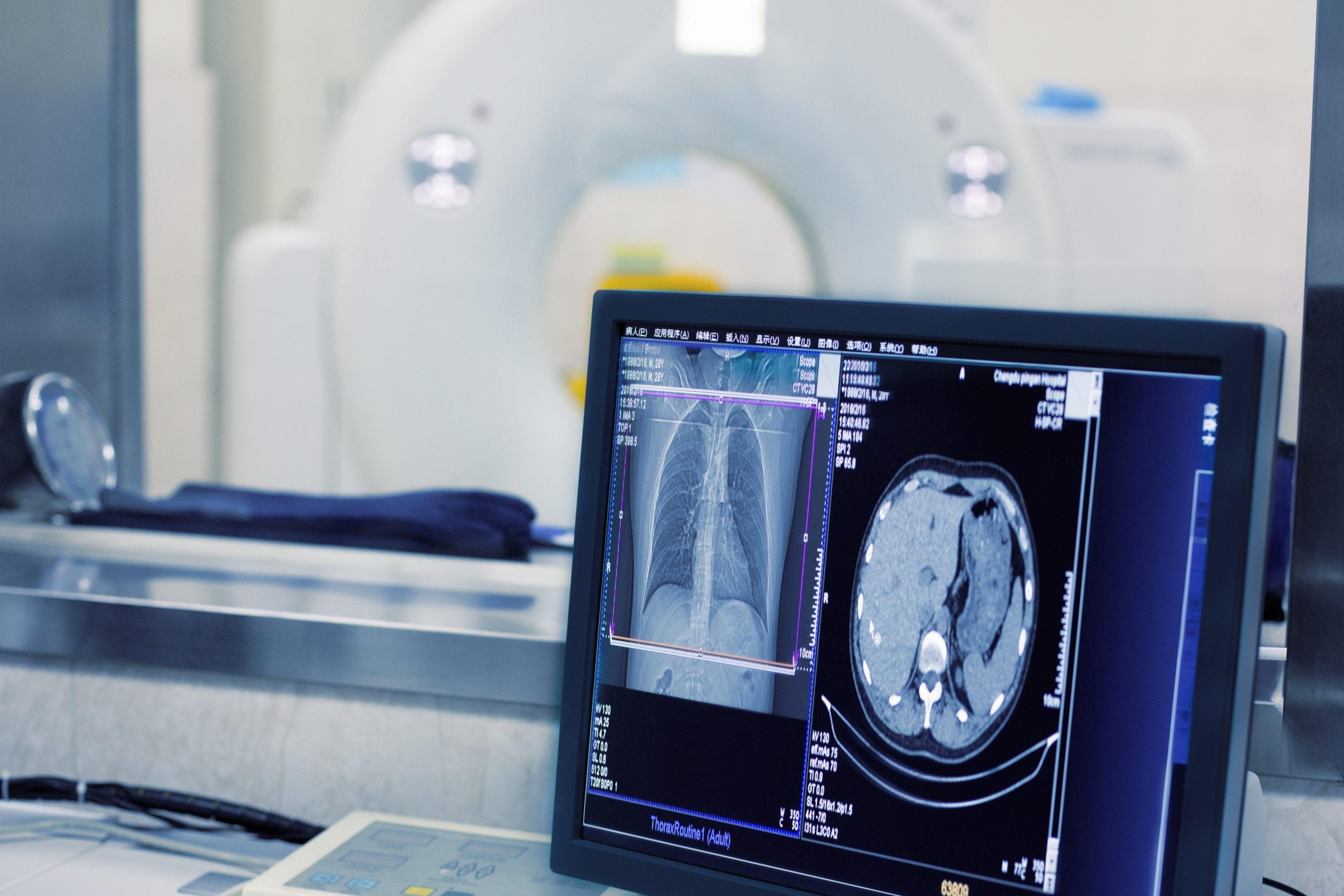Reducing Unnecessary Imaging in ERs Could Save Millions
bcbsm
| 2 min read

Michigan hospitals could save more than $3.8 million every year by reducing the number of low-value imaging tests performed in the emergency room. According to a new study of more than 1 million emergency visits to 16 hospitals, much of the imaging could have been avoided. For example, the study found potential to avoid 1,519 head CT scans for minor head injury; 3,308 chest X-rays for children with asthma; bronchiolitis or croup; and 4,254 CT scans for suspected pulmonary embolism. “Unnecessary testing not only adds substantial cost to a health care system that is already bursting at the seams, it can sometimes harm patients (over-diagnosis, radiation exposure), and reduces the availability of resources for other patients,” said Value Partnerships Medical Director Dr. Faris Ahmad. Ahmad is clinical lead for the Michigan Emergency Department Improvement Collaborative, one of 17 Collaborative Quality Initiatives (CQIs) that BCBSM has funded and launched. MEDIC is working with 19 hospitals to address excessive imaging as part of their broader portfolio of activities. CQIs are a component of the Value Partnerships program, which arranges for hospitals and physicians across Michigan to collect, share and analyze data, then design and implement changes to improve patient care. For more details about the study, which was published in the Annals of Emergency Medicine, read this blog at valuepartnerships.com. If you enjoyed this post, you may also want to read:
Photo credit: 7postman





